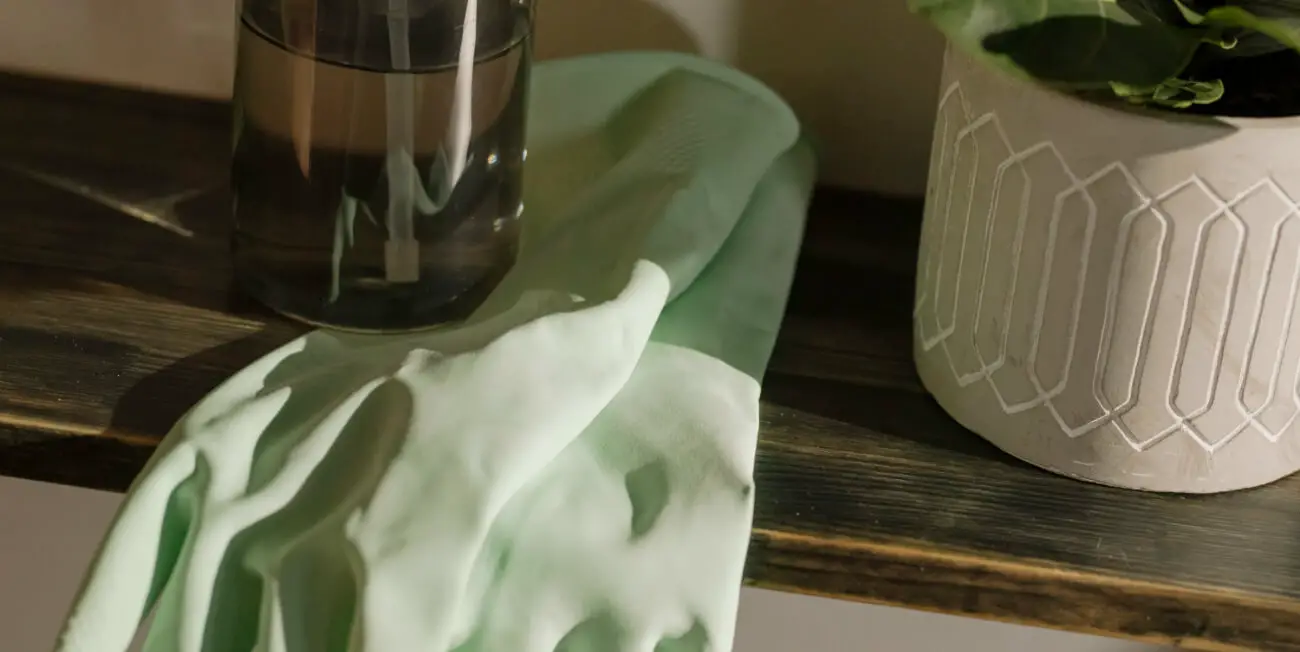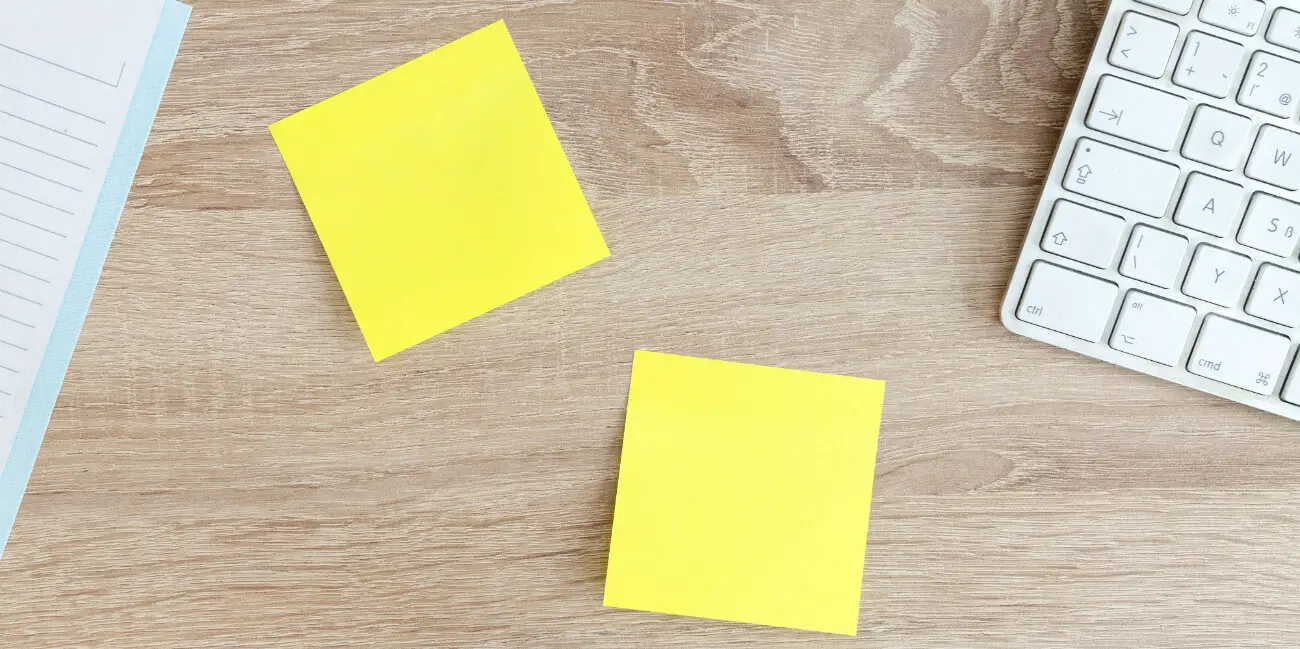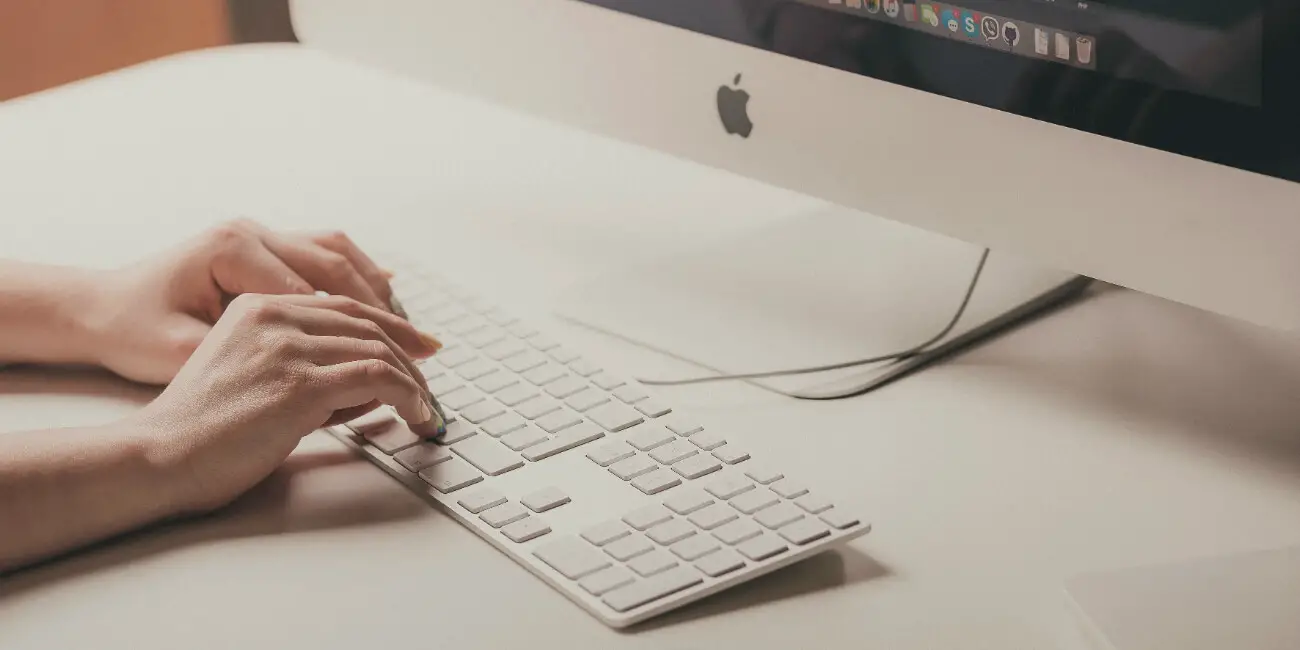
10 Tips to Disinfect Your Small Office Space Post COVID-19
After long months of lockdowns and quarantines, it’s time to go back to the office, do your tasks, work on a huge project, chat with colleagues, and serve clients..
However, many are still filled with trepidation. With the threat of COVID-19 still existent, reopening businesses may not be a good idea. But this should not be the case. Even with the coronavirus still around, we can definitely do our jobs safely as long as we disinfect ourselves and our offices.
How Long Does the Coronavirus Last?
The main transmission method of the coronavirus that causes COVID-19 is from person to person via nasal and oral droplets. However, studies have shown that aerosolized particles, which are smaller than droplets, can stay in the air longer or travel farther. These particles carrying the virus can then land on surfaces.
When a person touches a contaminated surface or object, then touches his nose, mouth, or eyes, there is a possibility that an active virus might get into his body. Depending on the circumstances and his own condition, they may contract COVID-19. How long does the coronavirus last? According to WebMD, the coronavirus can live for hours up to days, depending on the surface. Here are a few examples of surfaces that can live on frequently touched surfaces:
- 5 days – glass such as mirrors, glass doors, and windows.
- 5 days – metals such as door handles, metal utensils, and jewelry.
- 4 days – wood such as wooden furniture, decks, and railings.
- 2 to 3 days – plastics such as subway and bus seats, elevator buttons, and plastic bottles.
- 2 to 3 days – stainless steel items such as sinks and faucets.
- 24 hours – cardboard and paper products such as shipping boxes.
- 4 hours – copper such as pennies and copper cookware.
- 2 to 8 hours – aluminum such as tin foil and soda cans.
It’s unclear whether the coronavirus can thrive in the items listed below. These are still being studied by scientists:
- Takeout food – there seems to be no evidence of the coronavirus spreading through handling and consumption of food.
- Drinking water – there is no evidence of the coronavirus using drinking water as a carrier. Even if it somehow gets into the water supply, your local water supply’s filters and treatments will destroy it like many other pathogens.
- Fabrics – only a few studies are made on how the virus thrives on fabric. There’s no conclusive evidence, but scientists theorize that it will stay on a shorter period than on hard surfaces.
- Footwear – traces of the coronavirus, specifically nucleic acids, were found on the soles of medical staff in a Chinese hospital. However, it remains unclear whether these nucleic acids can cause a COVID-19 infection.
- Skin and hair – there’s no research regarding how long the virus can stay on human skin and hair. However, the rhinovirus that causes the common cold can survive on hair and skin for several hours. Based on this, it’s possible that the SARS 2 COV virus can also thrive for several hours.
As such, it’s important to wash and disinfect your hands to ensure that you’re not harboring the virus when entering your office. Despite these precautions, it's still possible to come into contact with someone who has COVID-19 or contract it yourself. Whether you learn your coworker has COVID-19 or you start to feel flu-like symptoms, it's important to get tested as soon as possible. You can get an in-home rapid COVID test Dallas and other US cities with a service like Drip Hydration. Rapid antigen and rapid PCR tests can return results in 30 minutes or less for peace of mind.
How to Disinfect Your Small Office Space
Making your office sanitized and safe from COVID-19 is actually easy. In fact, it doesn’t need any complex or expensive retrofitting. All that is needed is just a change of mindset and diligently following simple rules that involve hygiene.
1. Frequently wash your hands with soap and warm water; a good measure would be around once every hour. The chemicals in the soap can destroy the fragile lipid casing that protects viruses, including the COVID-19 coronavirus. The remains of the virus are washed harmlessly down the drain. Make sure that you apply soap all over your hands---including between your fingers, under your fingernails, and your wrists---for at least 20 seconds. That’s how long it takes for the soap to rip the virus apart.
2. Always have a bottle of sanitizer on your desk. The World Health Organization (WHO) recommends an alcohol-based sanitizer with 70% alcohol. The alcohol acts like soap, tearing apart the virus’s protecting lipid casing. We recommend a gel alcohol-based sanitizer so that the disinfecting agent stays in your hands for a longer time. Like soap, it takes a while for the alcohol to do its work, so rub your hands for at least 20 seconds.
3. If you are sharing your workstation with a fellow workmate, there’s a chance--- although slight---that the surfaces around your workstation may become contaminated. Someone may have unknowingly transferred the virus while he was using the work station. As such, it’s important to regularly disinfect frequently touched surfaces such as keyboards, desks, armchairs, shelf handles, and the like. This can be done easily by using disinfectant wipes such as Clorox, Fabuloso, and Lysol disinfectant wipes. These are pieces of cloth that are pre-soaked with disinfectant. Fresh disinfectant wipes, therefore, should feel moist; dry ones are ineffective. Disinfectant wipes are meant to be used on hard, non-porous surfaces. They are not to be used on your hands or face; you should use wet wipes for your skin. Wipe the frequently touched surfaces. You should see a shiny wet sheen of disinfectant on the surface. Let this dry naturally so the disinfectant can do its work.
4. Use Lysol Disinfectant Max Cover Mist and Lysol Disinfectant Spray to disinfect desks, handles, computer keyboards, and other frequently touches the surface. The Environmental Protection Agency (EPA) announced that these products can destroy the SARS 2 COV virus within 2 minutes after the product’s disinfecting agents makes contact with the virus.
5. Check out the EPA’s List N for more disinfectant brands that can destroy the SARS 2 COV virus. List N is constantly updated as the EPA approves more products that are effective against the virus. The list includes the product’s EPA registration number, the active disinfecting agent, the product name, the manufacturer, and how long the product can destroy hard-to-kill viruses. Note that some of these products are industrial or medical-grade. Such products may not be available in your local supermarket, home improvement supply store, or pharmacy.
6. Electronics such as calculators, tablets, computer monitors, and smartphones can be disinfected using a disinfectant wipe. Alternatively, you can use an alcohol- based baby wipe, or spray a little bit of rubbing alcohol on the gadget. Let the alcohol dry for a few minutes so it can destroy the virus, then wipe the gadget dry.
7. It’s impractical, clumsy, and expensive to use disinfectant wipes or alcohol spray in disinfecting larger areas such as windows, floors, and walls. Use a commercial disinfectant solution for sanitizing such large areas. Many can be used directly although some are in concentrated blends, requiring you to mix a little of the disinfectant to water. For maximum effect, use the disinfectant following the manufacturer’s instructions. Check out EPA’s List N for commercially available disinfectants.
8. If you can’t find a commercial disinfectant, you can make your own. Pour 5 tablespoons of household bleach into 1 gallon of room-temperature water and stir. Use this solution on a mop or rag to disinfect large surfaces. The more people there are in your office, the more frequently you should disinfect using the means mentioned above. In high-traffic offices, we suggest disinfecting at least once an hour.
9. Halting the flow of work can be inconvenient. However, it’s a good idea to schedule complete office disinfection. A professional service provider comes in to disinfect your workplace with industrial-strength disinfectants and complex disinfecting equipment. With their tools, they can sanitize and disinfect every nook and cranny in your office including hard-to-clean surfaces such as carpets, ceilings, HVAC systems, places under the table, and more. To reduce work disruption, we suggest scheduling complete disinfection on a weekend. Small offices can be disinfected this way about once or twice a month while heavy-traffic offices may require complete disinfection once a week.
Extra Protection
In addition to disinfection, you can add an extra layer of protection in your office against COVID-19 contamination:
1. Amend office policies to include frequent disinfecting and sanitizing of hands and surfaces. No one should enter your office unless he washes his hands or uses a sanitizer beforehand. Sanitizer dispensers should be available in entry points and frequently visited places.
2. Install equipment such as double-swinging doors, foot handles, motion sensors to switch on the lights, infrared sensors to turn on faucets, or RIF card readers for access in offices and rooms. All these equipment minimize direct contact with surfaces.
3. Wearing a mask in the office isn’t exactly a legal requirement. However, for extra protection, it’s highly recommended, especially if you’re expecting to face different people in a day. Although surgical and KN95 masks are recommended, these should be reserved for healthcare workers. A clean cloth mask will do; just make sure you wash it with soap and water each day.
4. Enforce social distancing in the office (i.e., stay at least 1 meter away from another person). Install clear plexiglass barriers in counters, desks, and other places where you or your staff expect to face people.
Conclusion
Going back to the office is exciting, and everyone is looking forward to bring back the economy in shape. COVID-19 still remains a threat, but it should not be a hindrance in going back to work. Through frequent disinfecting, your office will be safe, sanitary, and pleasant to work in.
If you enjoyed this Mod, you might like to read more about how to identify and avoid fake news! Please share this Mod using the social links below. Any questions or comments? Let us know on Twitter!

